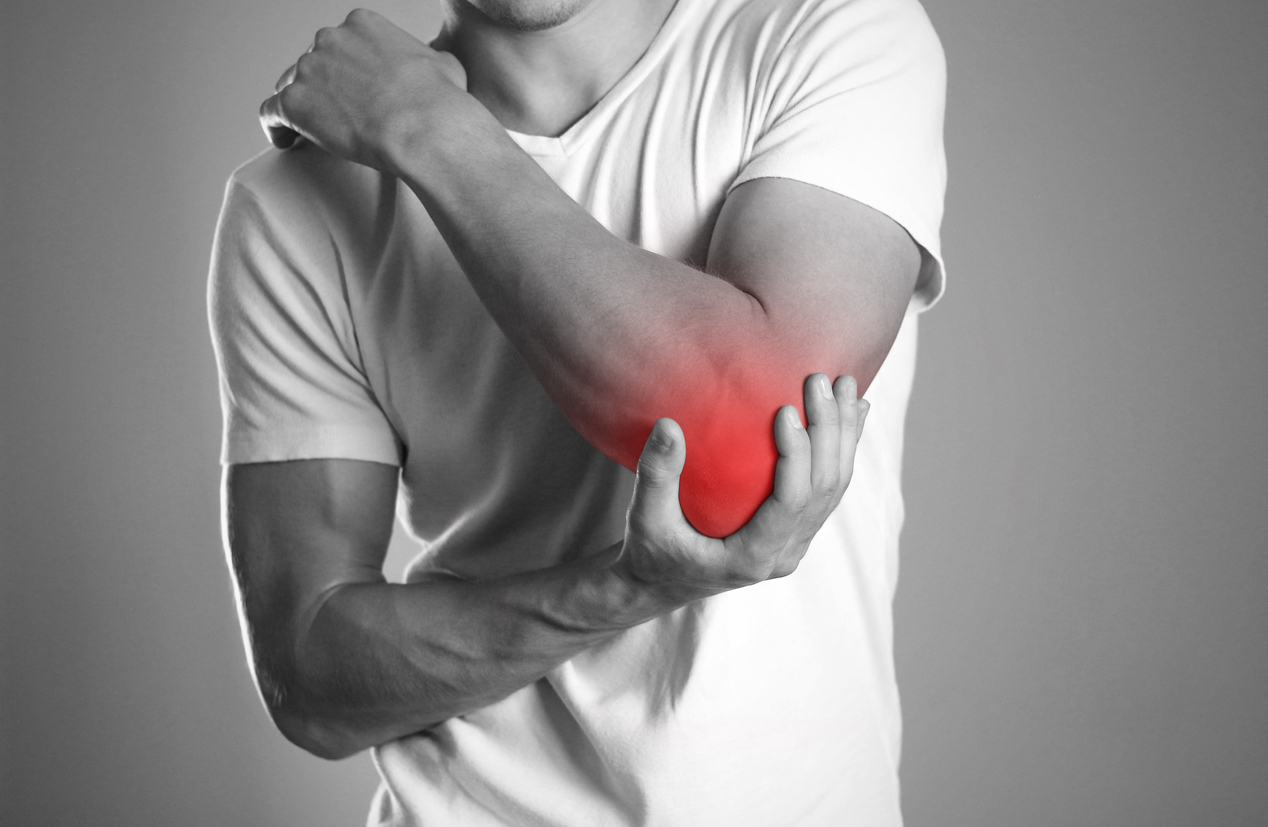
Do you find it challenging to perform daily activities because you can’t move your arms without discomfort? If you answered yes, you may have tennis elbow. Despite the name, this painful condition affects not only tennis players, but also other athletes, plumbers, painters, carpenters, and even students.
What Causes Tennis Elbow?
Tennis elbow is often caused by poor and excessive use of the backhand stroke in tennis. The repeated actions cause stress to the forearm muscles, resulting in tiny tears in the tendons that attach these muscles to your elbow. Although named after tennis and often associated with it, other repetitive arm movements can also increase your risk of developing this injury. They include:
- Painting
- Vacuuming, sweeping, and scrubbing
- Doing mechanical, plumbing, or carpentry work
- Golfing
- Playing basketball
- Bowling
- Cutting cooking ingredients
- Repetitive use of a computer mouse
Your risk for tennis elbow increases as you get older and if you participate in activities or have an occupation that strains your arms.
Treatments for Tennis Elbow
Tennis elbow causes radiating pain from your elbow to your forearm or wrist, making it difficult to perform simple tasks like shaking hands or turning a doorknob. It is always best to address the pain before it begins to significantly affect your daily activities. The treatment options available for this condition are:
Home Remedies
The first step of treatment for tennis elbow is rest. Avoid strenuous activities that require you to move the affected arm too much. You can also apply ice or a cold compress on the troubled area for 15 minutes up to 4 times a day.
Medication
- Over-the-counter pain relievers. You may take non-steroidal anti-inflammatory drugs or NSAIDs while you are resting your elbow. These include ibuprofen and naproxen, among others.
- If rest and over-the-counter pain medications do not work, you may consult with your doctor about taking corticosteroids. This is given through injections administered directly into the affected area. Results can last several weeks or months, depending on the severity of your condition.
Physical Therapy and Support
If rest, ice therapy, and medications do not work to relieve your tennis elbow pain, your doctor may recommend physical therapy. Your therapist will teach you how to improve your muscle strength, flexibility, coordination, and endurance.
Aside from therapy, you may also be given a forearm strap, bands, or splints. These can help support your arm, relieve symptoms, and promote healing.
Other Procedures
If these measures do not relieve your elbow pain, your doctor may consider the following treatments:
- Platelet-Rich Plasma Therapy. Another treatment option for your tennis elbow is injecting platelet-rich plasma into the affected area to boost healing. There is no risk that your body will reject the plasma used in platelet-rich plasma therapy as it will come from your own blood.
- Ultrasonic tenotomy. Also known as a TENEX procedure, ultrasonic tenotomy is performed with the help of ultrasound guidance. Your doctor will insert a needle through the skin in the affected area and into the damaged tendon. Ultrasonic energy will send fast vibrations through the needle, liquifying the damaged tissue. Once liquefied, these tissues will be suctioned out.
- If your tennis elbow does not improve after 6 to 12 months of noninvasive treatments, surgery may be necessary. Arthroscopy is a minimally invasive procedure used to fix damage in the elbow. As it requires smaller incisions than traditional surgery, the recovery period will be short, and there will be minimal pain and scarring involved.
Tennis Elbow Treatment in North Dakota
Don’t let your elbow pain stop you from doing the things you want. Let our board-certified orthopedic surgeons help you find relief. The Bone & Joint Center has 11 offices across North Dakota that are ready to assist you with your orthopedic needs.
To schedule an appointment, call us at (701) 946-7400 or (866) 900-8650. You may also request an appointment online.

